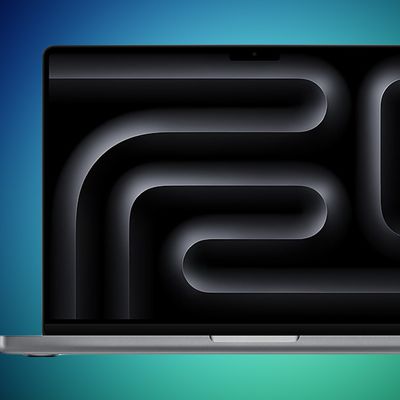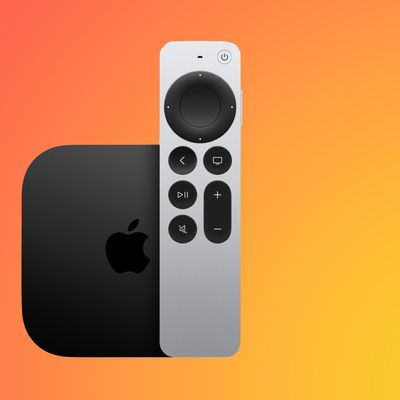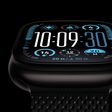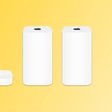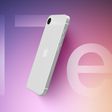Apple to Participate in Pilot Program Allowing Expanded Operation of Drones [Updated]
Apple has applied to participate in a pilot program that would allow the company to operate drones in ways that are typically restricted by the Federal Aviation Administration in the United States, according to Reuters.
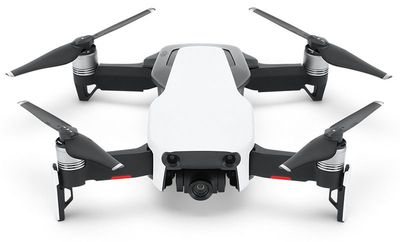
DJI Mavic Air
The report states that the U.S. Department of Transportation will announce 10 winning state or local government bodies for inclusion in the program today, and each has partnered with companies who will play a role in the tests. At least 200 companies are said to be vying to be part of the program.
The initiative, introduced by the U.S. government last year, will allow for a larger range of testing, including flying drones at night, over people, and beyond an operator's line of sight, within the United States.
The list of winners, which appears to have been determined, is said to include companies that plan to test drones for delivering packages, environmental monitoring, precision agriculture, pipeline oversight, and for various uses at airports, but it's unclear what Apple's intentions will be if selected.
Back in December 2016, Bloomberg's Mark Gurman reported that Apple planned to use drones to improve Apple Maps. The company itself does not sell any drones, aside from those made by other companies like DJI and Propel.
Update: The FAA has revealed the 10 government agencies who will conduct flight tests, including North Carolina's Department of Transportation. Apple will reportedly be a partner in North Carolina's program, and plans to use drones to capture aerial images to improve Apple Maps.
Popular Stories
Apple will launch its new iPhone 17 series in two months, and the iPhone 17 Pro models are expected to get a new design for the rear casing and the camera area. But more significant changes to the lineup are not expected until next year, when the iPhone 18 models arrive.
If you're thinking of trading in your iPhone for this year's latest, consider the following features rumored to be coming...
In select U.S. states, residents can add their driver's license or state ID to the Wallet app on the iPhone and Apple Watch, providing a convenient and contactless way to display proof of identity or age at select airports and businesses, and in select apps.
Unfortunately, this feature continues to roll out very slowly since it was announced in 2021, with only nine U.S. states, Puerto Rico,...
Apple does not plan to refresh any Macs with updated M5 chips in 2025, according to Bloomberg's Mark Gurman. Updated MacBook Air and MacBook Pro models are now planned for the first half of 2026.
Gurman previously said that Apple would debut the M5 MacBook Pro models in late 2025, but his newest report suggests that Apple is "considering" pushing them back to 2026. Apple is now said to be...
Three out of four iPhone 17 models will feature more RAM than the equivalent iPhone 16 models, according to a new leak that aligns with previous rumors.
The all-new iPhone 17 Air, the iPhone 17 Pro, and the iPhone 17 Pro Max will each be equipped with 12GB of RAM, according to Fixed Focus Digital, an account with more than two million followers on Chinese social media platform Weibo. The...
Since the iPhone X in 2017, all of Apple's highest-end iPhone models have featured either stainless steel or titanium frames, but it has now been rumored that this design decision will be coming to an end with the iPhone 17 Pro models later this year.
In a post on Chinese social media platform Weibo today, the account Instant Digital said that the iPhone 17 Pro models will have an aluminum...
A new Apple TV is expected to be released later this year, and a handful of new features and changes have been rumored for the device.
Below, we recap what to expect from the next Apple TV, according to rumors.
Rumors
Faster Wi-Fi Support
The next Apple TV will be equipped with Apple's own combined Wi-Fi and Bluetooth chip, according to Bloomberg's Mark Gurman. He said the chip supports ...
Production of foldable OLED displays for Apple's first foldable iPhone have begun ahead of its expected launch next year, Korea's ETNews reports.
The first foldable iPhone's displays are being produced by Samsung Display, who are establishing a production line dedicated to the upcoming Apple device its A3 factory in Asan, Chungcheongnam-do. The production line will make displays exclusively...
iPhone 17 Pro and iPhone 17 Pro Max models with displays made by BOE will be sold exclusively in China, according to a new report.
Last week, it emerged that Chinese display manufacturer BOE was aggressively ramping up its OLED production capacity for future iPhone models as part of a plan to recapture a major role in Apple's supply chain.
Now, tech news aggregator Jukan Choi reports...





